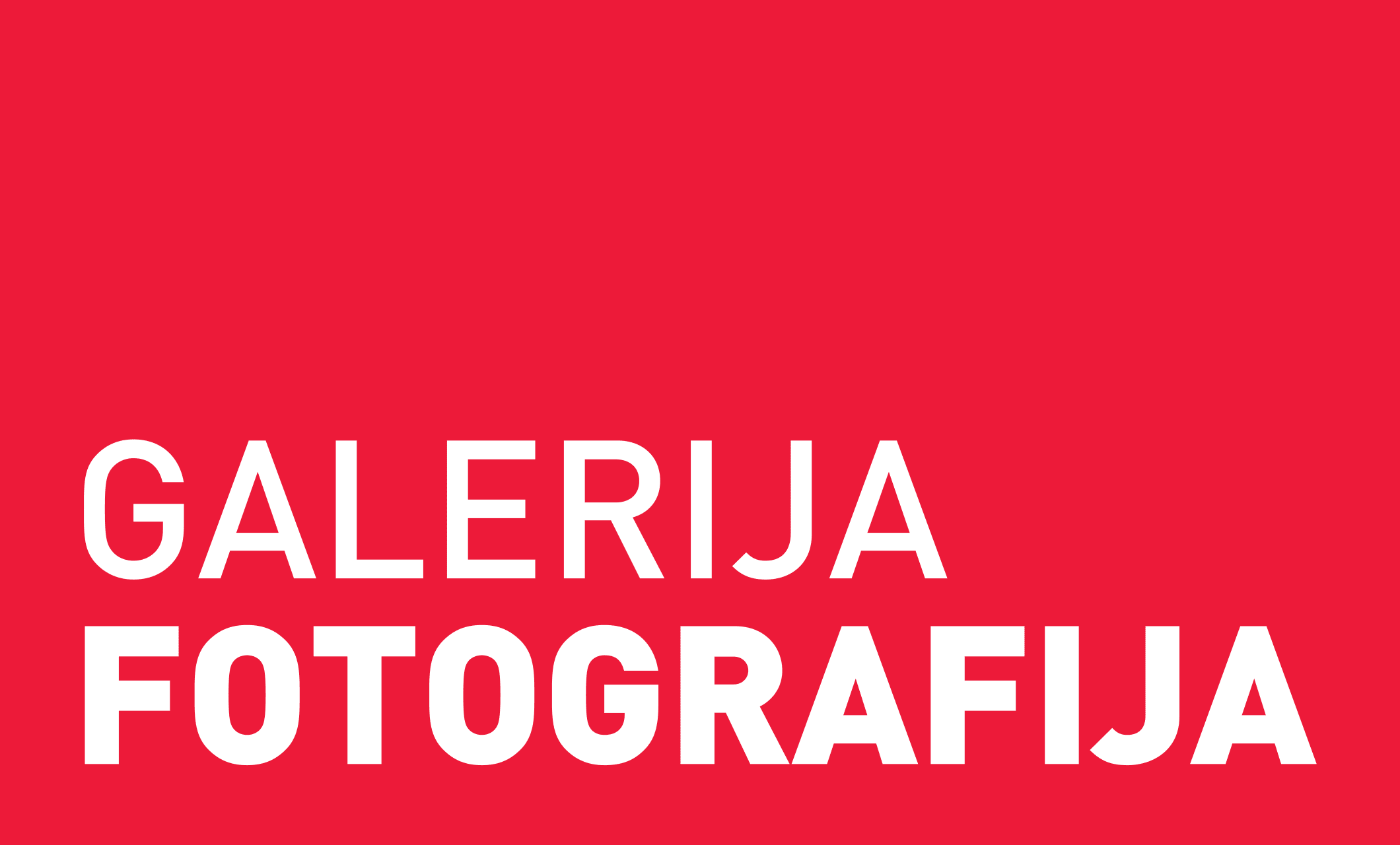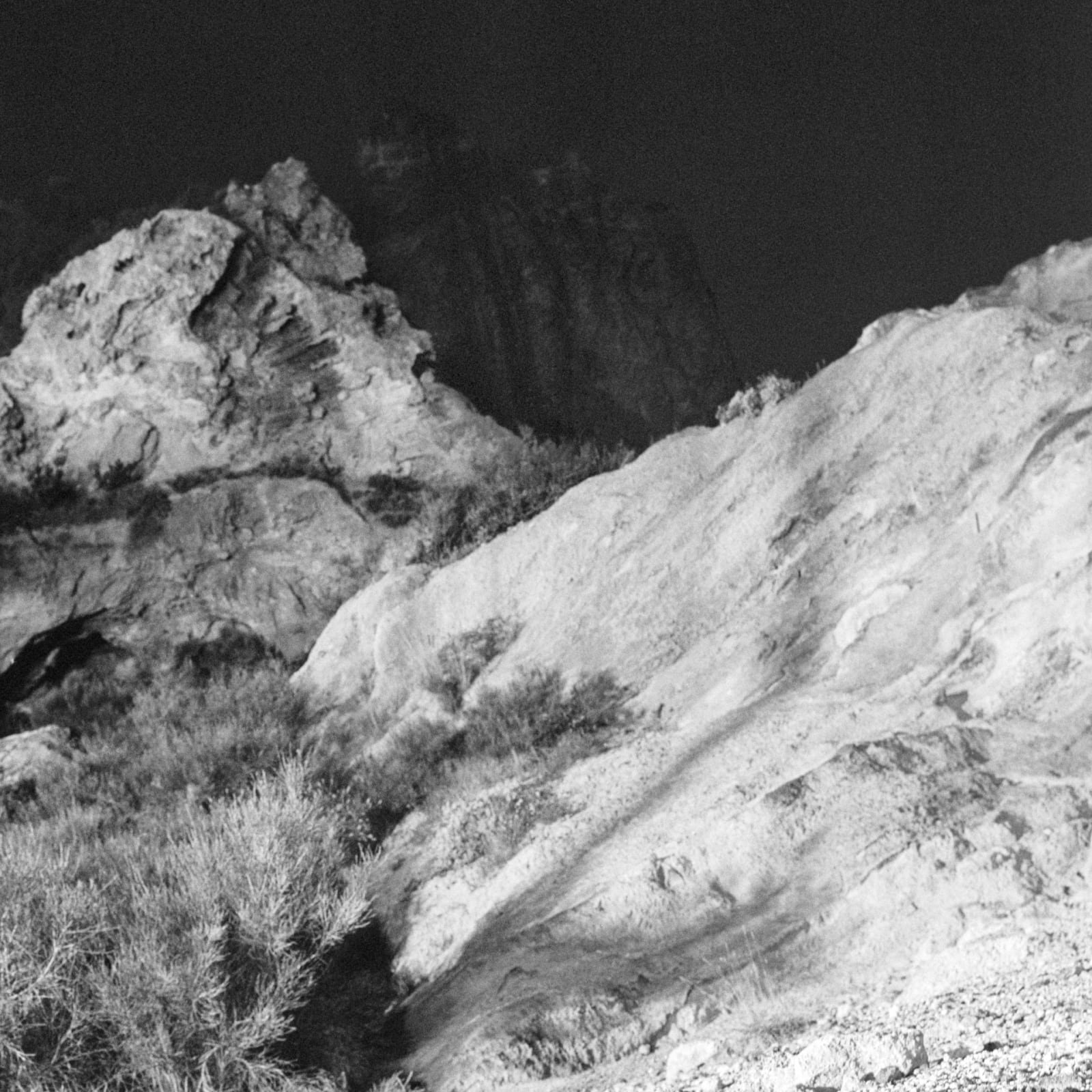Andrej Lamut
Teritorij III / Territory III, 2022
ink jet tisk na Hahnemühle Photo Rag Metallic papirju / ink jet Hahnemühle Photo Rag Metallic
60 x 60 cm, edicija / edition 1/3 + 1 AP
13 x 13 cm, edicija / edition 1/3 + 1 AP
13 x 13 cm, edicija / edition 1/3 + 1 AP
Series: TERITORIJ / TERRITORY
podpisana in datirana / signed and dated
For English version please scroll down. O SERIJI »Zemljevid ni ozemlje« je citat Alfreda Korzybskega, s katerim bom poskušal podati namige za razumevanje pričujoče serije fotografij. Ali lahko formo fotografije...
For English version please scroll down.
O SERIJI
»Zemljevid ni ozemlje« je citat Alfreda Korzybskega, s katerim bom poskušal podati namige za razumevanje pričujoče serije fotografij. Ali lahko formo fotografije razumemo kot neke vrste zemljevid, ki nam svet okoli nas tolmači in nam ga posledično pomaga spoznati? Kakor hitro se resnično posvetim vsem razsežnostim, vzorcem in podrobnostim tega istega sveta, ki ga skušajo fotografije v svoji tradicionalni težnji po mimezis ponazarjati in s tem pomagati pri orientiranju v njem, kaj kmalu ugotovim, da mi teritorij, po katerem se gibljem, postaja neznan, ravno ko ga skušam reducirati na v sebi zaključen in logičen objekt spoznanja. In ravno to je tisto, kar želim konkretizirati s temi fotografijami - namreč, da se del vsakdanjega oziroma snovnega sveta in njegovih površin, zmeraj lahko prikaže kot povsem nespoznaven in za naše vsakdanje zrenje neobstoječ, odsoten objekt.
ABOUT THE SERIES
“A map is not a territory” is a quotation by Alfred Korzybski, with which the author tries to give clues for understanding this series of photographs. Can we understand photography as a kind of a map that interprets the world around us and consequently helps us to know it? As soon as we really pay attention to all the dimensions, patterns and details of this same world that photographs, in their traditional tendency to mimesis, try to represent and thus help us to orient ourselves in, we soon realise that the territory we are moving through is becoming unfamiliar to us just as we are trying to reduce it to an intrinsically complete and logical object of cognition. And this is precisely what the author wants to concretise with these photographs – namely, that a part of the everyday or material world and its surfaces can always appear as a completely unrecognisable object, non-existent and absent in our everyday perception.
O SERIJI
»Zemljevid ni ozemlje« je citat Alfreda Korzybskega, s katerim bom poskušal podati namige za razumevanje pričujoče serije fotografij. Ali lahko formo fotografije razumemo kot neke vrste zemljevid, ki nam svet okoli nas tolmači in nam ga posledično pomaga spoznati? Kakor hitro se resnično posvetim vsem razsežnostim, vzorcem in podrobnostim tega istega sveta, ki ga skušajo fotografije v svoji tradicionalni težnji po mimezis ponazarjati in s tem pomagati pri orientiranju v njem, kaj kmalu ugotovim, da mi teritorij, po katerem se gibljem, postaja neznan, ravno ko ga skušam reducirati na v sebi zaključen in logičen objekt spoznanja. In ravno to je tisto, kar želim konkretizirati s temi fotografijami - namreč, da se del vsakdanjega oziroma snovnega sveta in njegovih površin, zmeraj lahko prikaže kot povsem nespoznaven in za naše vsakdanje zrenje neobstoječ, odsoten objekt.
ABOUT THE SERIES
“A map is not a territory” is a quotation by Alfred Korzybski, with which the author tries to give clues for understanding this series of photographs. Can we understand photography as a kind of a map that interprets the world around us and consequently helps us to know it? As soon as we really pay attention to all the dimensions, patterns and details of this same world that photographs, in their traditional tendency to mimesis, try to represent and thus help us to orient ourselves in, we soon realise that the territory we are moving through is becoming unfamiliar to us just as we are trying to reduce it to an intrinsically complete and logical object of cognition. And this is precisely what the author wants to concretise with these photographs – namely, that a part of the everyday or material world and its surfaces can always appear as a completely unrecognisable object, non-existent and absent in our everyday perception.


